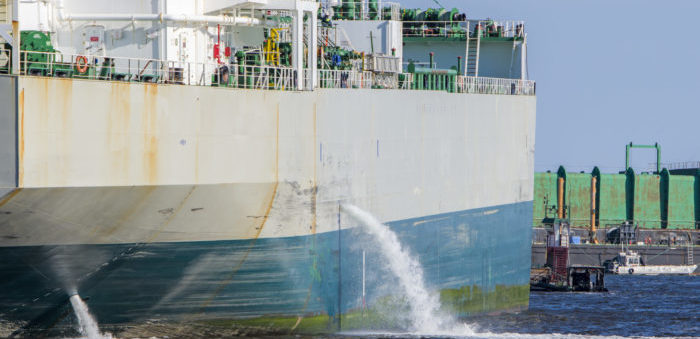September 8, 2024 marks the deadline for complying with IMO ballast water regulations. While this date may sound distant, SKF notes that shipowners must prepare a system and strategy. For this reason, the company presents best practices for installing and operating a BWMS.
As currently there is no ‘one-size-fits-all’ solution available, implementing best practices can help operators comply, as well as guide them to address potential difficulties.
Planning and preparation
As SKF says, choosing the most suitable type of system for a certain ship is one of first steps in the decision process.
[smlsubform prepend=”GET THE SAFETY4SEA IN YOUR INBOX!” showname=false emailtxt=”” emailholder=”Enter your email address” showsubmit=true submittxt=”Submit” jsthanks=false thankyou=”Thank you for subscribing to our mailing list”]
During this process, ship-owners must consider the vessel category, operating profile, and ballasting requirements. These factors will determine which type of system will provide the best result. If a wrong choice is made, it could lead to many problems that can mean non-compliance, loss of chartering opportunities, and extended downtime for further retrofitting.
Ship prepared to comply with new regulation
For many crew members, sticking to a plan to manage and record ballast water operations could lead to confusion. For this reason, it is important that time must be given for training. What is more, manuals should be clear, concise, and available in the appropriate languages.
Moreover, shipping companies are searching providers that can help with ballast water regulation compliance. Namely, many companies are looking for full-service providers that can provide recommendations about the system selection.
Another important fact, is that all stakeholders must take part in the installation approach. This will make sure that everybody understands how to operate the treatment system itself. It is also suggested that at least two service engineers must be present during the BWMS installation.
Commissioning
A comprehensive commission of a BWMS can lead to savings, including maintenance walkthroughs and testing. It is therefore important that all crew is present for the commissioning.
Operation
Finally, SKF highlights that a ballast water management plan (BWMP) should be properly applied so as to prevent penalties. Namely, all data should be properly recorded in a system that can be updated with ease and be kept on file for at least 12 months.
Data should also incorporate all relevant ballasting information, such as ballasting intake, salinity, functionality and limitations of the BWMS.


































































